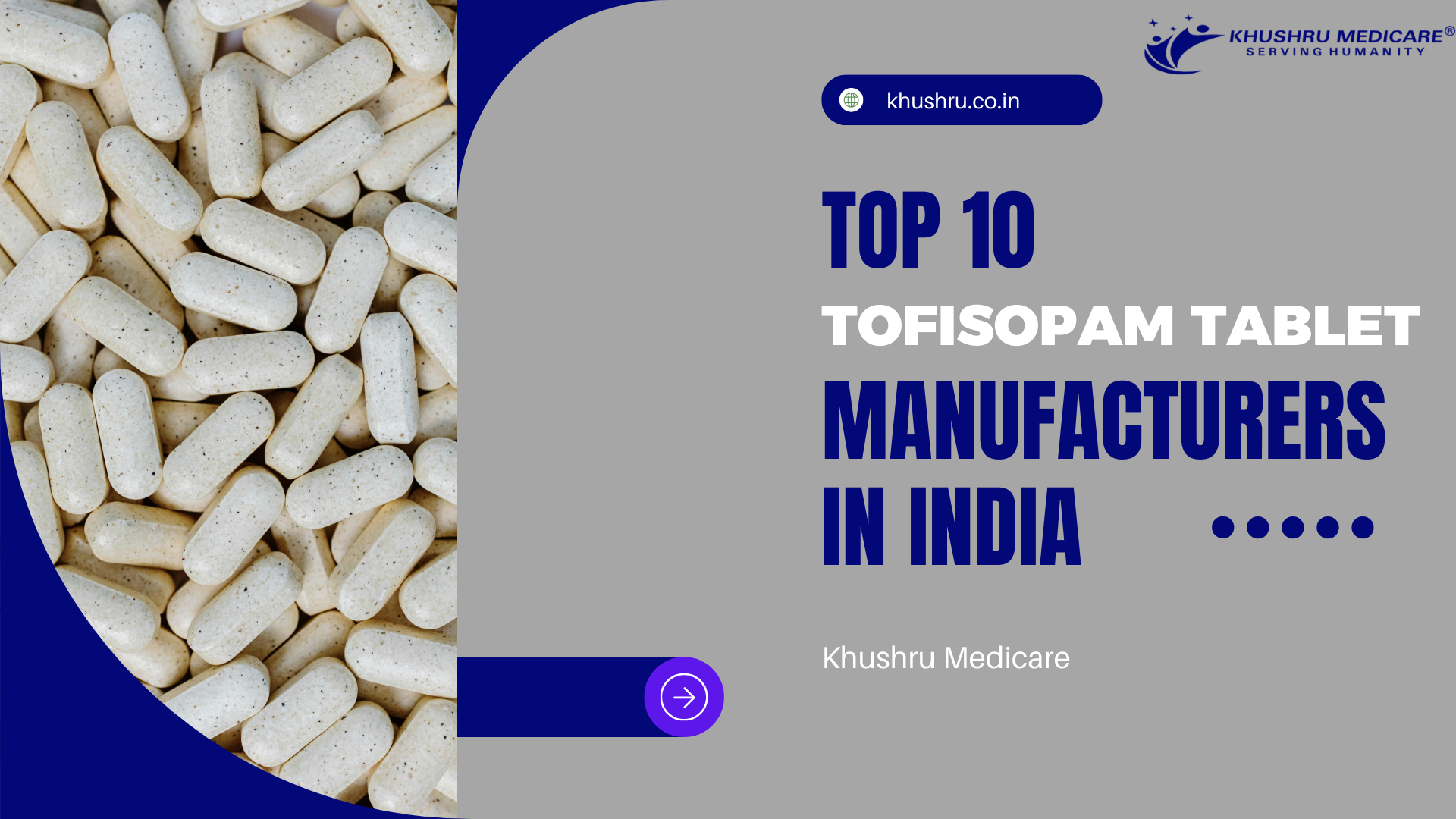
Third-party manufacturing involves hiring an outside manufacturer to make goods. Consequently, this agreement relieves the original company of the burden of managing the manufacturing process, allowing them to concentrate on their primary areas of expertise, such as sales, marketing, and distribution.
In the pharmaceutical industry, those who want to launch a pharmacy business but lack the necessary equipment and manufacturing space often turn to third-party manufacturing. Here, the recruited third-party manufacturers make the pharmaceuticals, medications, and other items. This arrangement offers numerous advantages, including cost-effectiveness, enhanced flexibility, increased efficiency, and reduced risks.
Third-Party Manufacturing: A Step-by-Step Playbook
-
Conduct Market Research
First, conduct in-depth research on the product lineup, rivals, and market demand. Consequently, this helps you make strategic plans to fill gaps and choose the appropriate items.
-
Choose the Products
Next, decide which products to make. To secure future earnings, pick products in high demand. Additionally, consider the therapeutic areas you want to serve, such as diabetes, hypertension, or cardiology.
-
Select the Appropriate Third-Party Producer
When choosing a third-party manufacturer, consider cost-effectiveness, efficiency, flexibility, compliance, and experience.
-
Finalize the Contract Agreement
At this point, both parties sign a formal contract covering all terms and conditions. Furthermore, both businesses must ensure they meet the legal and regulatory requirements outlined in the agreement.
-
Set Up the Necessary Funds
Next, set up the money for investments. Depending on your needs, this could involve savings, loans, or venture capital.
-
Gather Raw Materials
Then, gather the materials needed for manufacturing.
-
Begin Manufacturing
Finally, produce the pharmaceutical and related items according to the specifications given by the pharmaceutical company.
-
Quality Assurance
Since many people’s lives depend on quality, it is non-negotiable in the pharmaceutical sector. Therefore, maintaining quality at every stage of the production process is crucial. A separate crew dedicated to quality assurance can keep an eye on everything.
-
Marketing and Sales:
To establish a reputation in the field, develop a solid promotional and marketing plan by comprehending the target market and what consumers want. Moreover, expand your network of physicians, pharmacists, and other healthcare providers to create a robust distribution channel.
A third-party manufacturing business contracts with another business to manufacture pharmaceuticals. Put simply, a pharmaceutical company contracts with third-party manufacturers to produce its goods rather than manufacturing them internally. This agreement allows the original company to concentrate on marketing and sales without worrying about the manufacturing process.
FAQs on Third-Party Manufacturing: A Step-by-Step Playbook
- What Is Third-Party Manufacturing?
Third-party manufacturing, also known as contract manufacturing, involves contracting with a specialized manufacturer to produce pharmaceutical items. Consequently, businesses without their own manufacturing facilities can collaborate with external manufacturers to make their products.
- What is the process of Third-Party Manufacturing?
A pharmaceutical business and a third-party manufacturer form a partnership. The client supplies the product formulation, specifications, and other relevant information. Subsequently, the outside manufacturer manages the packaging, quality assurance, and production. Finally, the client receives the completed goods for distribution.
- What kinds of goods are capable of being produced via third-party manufacturing?
Third-party manufacturing can produce drug formulations such as tablets, capsules, syrups, ointments, and creams, as well as nutritional supplements, herbal goods, and nutraceuticals.




